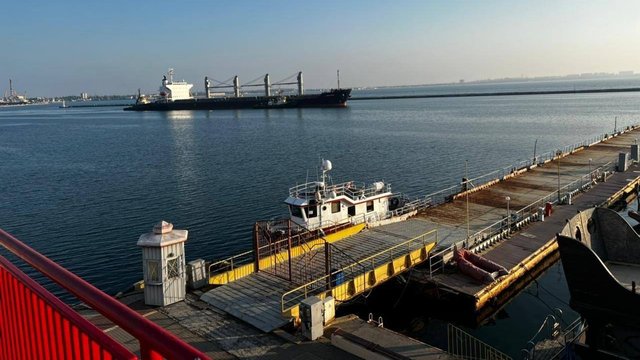Baltic ports remain important alternative routes for Ukrainian agroexport

Logistics remains one of the most difficult problems for Ukrainian exporters of grain products since the beginning of Russia's full-scale invasion of Ukraine in 2022, said Rodion Rybchynsky, director of the Millers of Ukraine union, at the Baltic Grains & Oils Conference in Riga on April 16.
"The commonwealth routes have helped us a lot, that is, the open routes that European countries have provided us with on their railways, including here to the Baltic ports and to Polish ports. But this still does not allow us to fully compensate for the losses we have suffered since the beginning of the war," the APK-Inform information and analytical agency quoted his speech.
According to him, there is an opportunity to ship products to the port of Constanta via the Danube, but war risks remain, insurance companies assess these risks as high, and accordingly, the cost of logistics remains significant.
On the one hand, Baltic ports are interesting because there are direct container lines here and there is the possibility of shipping to North America, South Asia, and so on. But this is a very large circle for goods to get there... In fact, we see that compared to 2021, only the port of Ventspils handled a little more Ukrainian products, all other ports reduced them. For example, transshipment volumes through the port of Klaipeda actually halved in 2023," Rybchynsky noted.
At the same time, Polish ports have significantly increased the volume of transshipment of Ukrainian products, in particular grain processing products.
According to Rybchynsky, Baltic ports remain important alternative routes for exports from Ukraine. Among the main advantages are access to Northern and Western Europe, delivery times, climate stability, modern infrastructure, and, most importantly, shipping safety. Among the disadvantages are logistics costs 2-3 times higher compared to Danube ports, higher cargo handling costs, "bottlenecks" on the railway.








